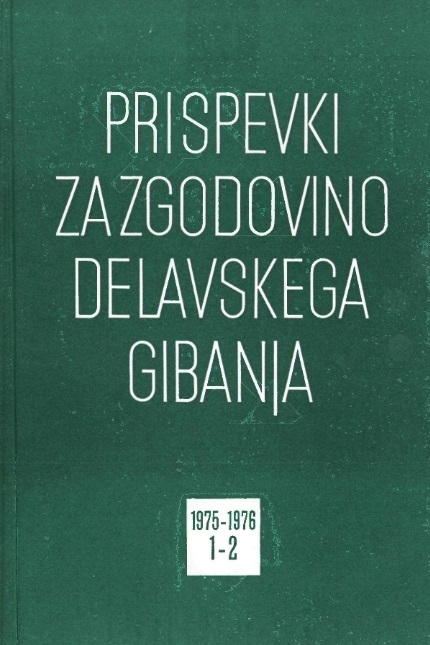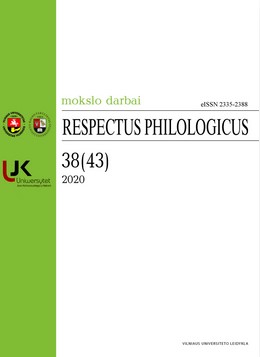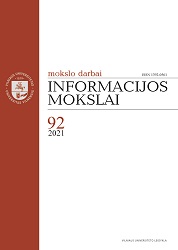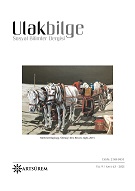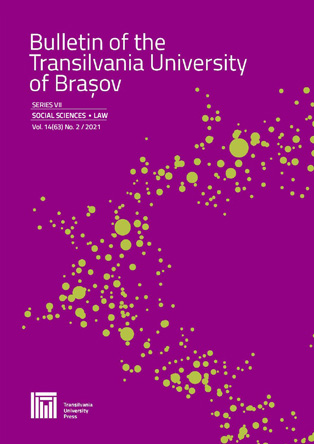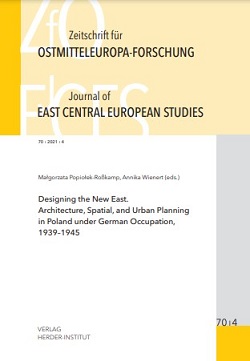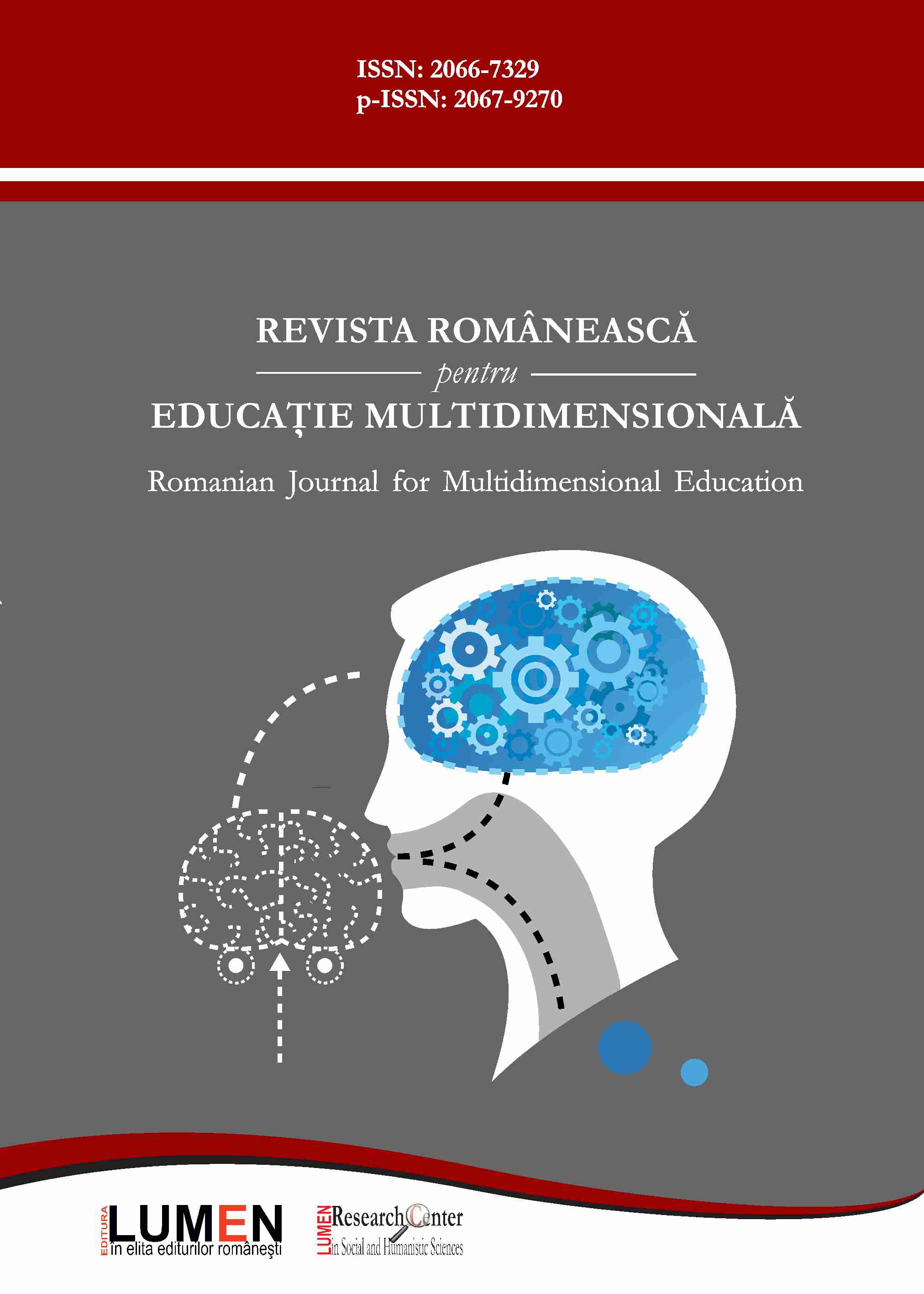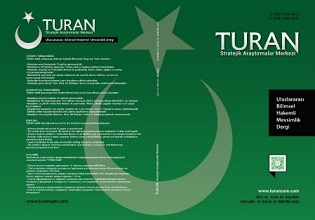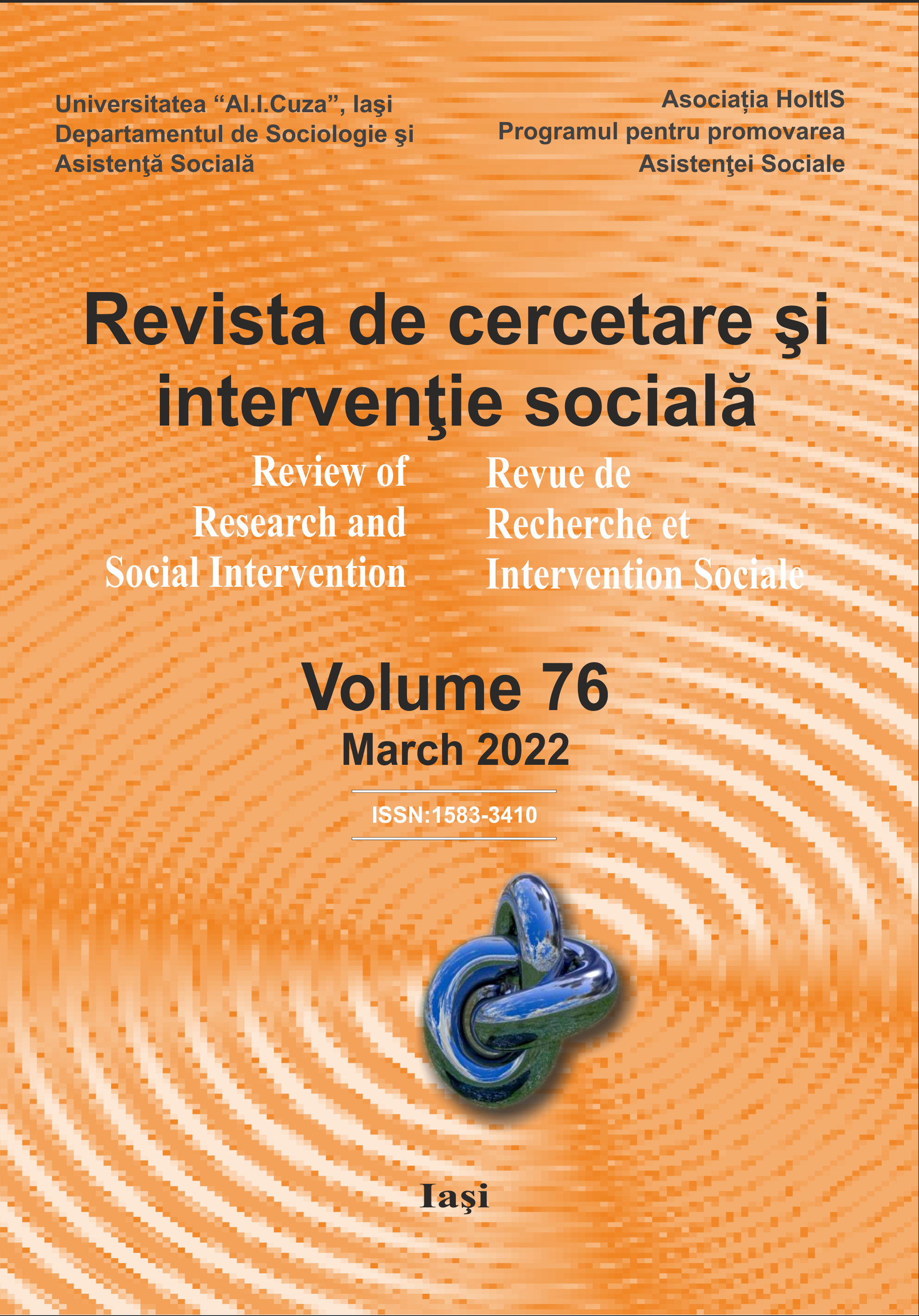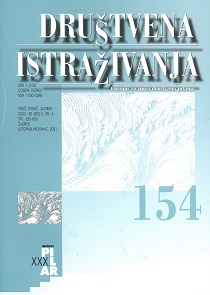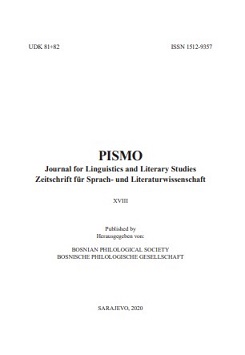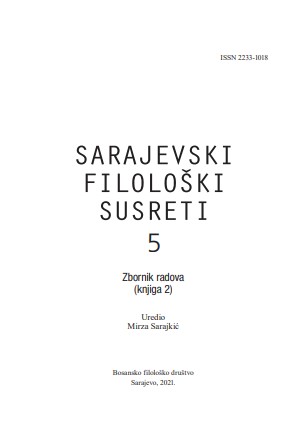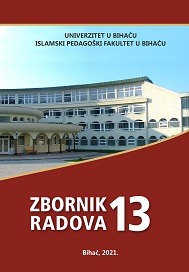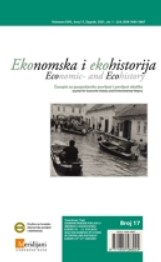Author(s): Muamer Džananović / Language(s): English
Issue: 9/2020
From the time of twenty-five years distance since the genocide in and around Srebrenica in July 1995, which was thus adjudicated before domestic and international courts, and the almost identical time from the establishment of peace and the end of the war of conquest, it can be concluded that Bosnian society was destroyed, and the ties between the key communities that made up the “neighborhood” were, it is clear, broken even though they had “mixed” for centuries and formed a “unity of differences”. The ideologues of genocide started from the starting point when devising techniques of committing genocide against Bosniaks, which aimed to leave the deepest possible consequences for the cohesiveness and biological reproduction of the Bosniak family, determining that men should be on the main strike, not excluding boys, who should be killed and Bosniak women should also be killed, not leaving out girls, who may continue to live, but after they have been systematically humiliated, primarily by committing sexual violence against them. The Greater Serbia aggressor achieved both goals to a significant extent. In this paper, we place a special focus on the crime of murder of children and the consequences that such a crime leaves on the family, and thus society. So, on the example of crimes committed against children and families in the period 1992-1995 in this paper, we prove that there was a planned and long-term “ethnic cleansing” of the area with the application of genocidal acts against the most vulnerable members of the ethnic group. We paid special attention to the crime of killing the youngest members of the family, since it was obviously part of the Greater Serbia state plan. We also asked several important questions, which until today were not, and must have been, the subject of interest of various sciences and scientific disciplines. One of them is the question of the measurability of the consequences of the crime of killing a child for the family, especially the consequences that this crime leaves on the mother as an individual, the “pillar of the family”, but also on society as a whole. Is there a more serious crime than the one in which the criminal takes the child from the mother’s arms and takes him to death or killing the child while the mother holds him in her arms? With this paper, we present that only in the area of Srebrenica, the most monstrous crime that could have been committed was committed against hundreds of mothers. It is a mass crime of killing children, which we recognize as the most serious form of crime against the family and society. Scientific research, especially within the framework of Bosnian science, completely ignores research on the relationship between the family and genocide, especially those that problematize the consequences that remain for society, family, and especially mothers, after criminals killed thousands of Bosniak children during aggression and genocide.
More...
